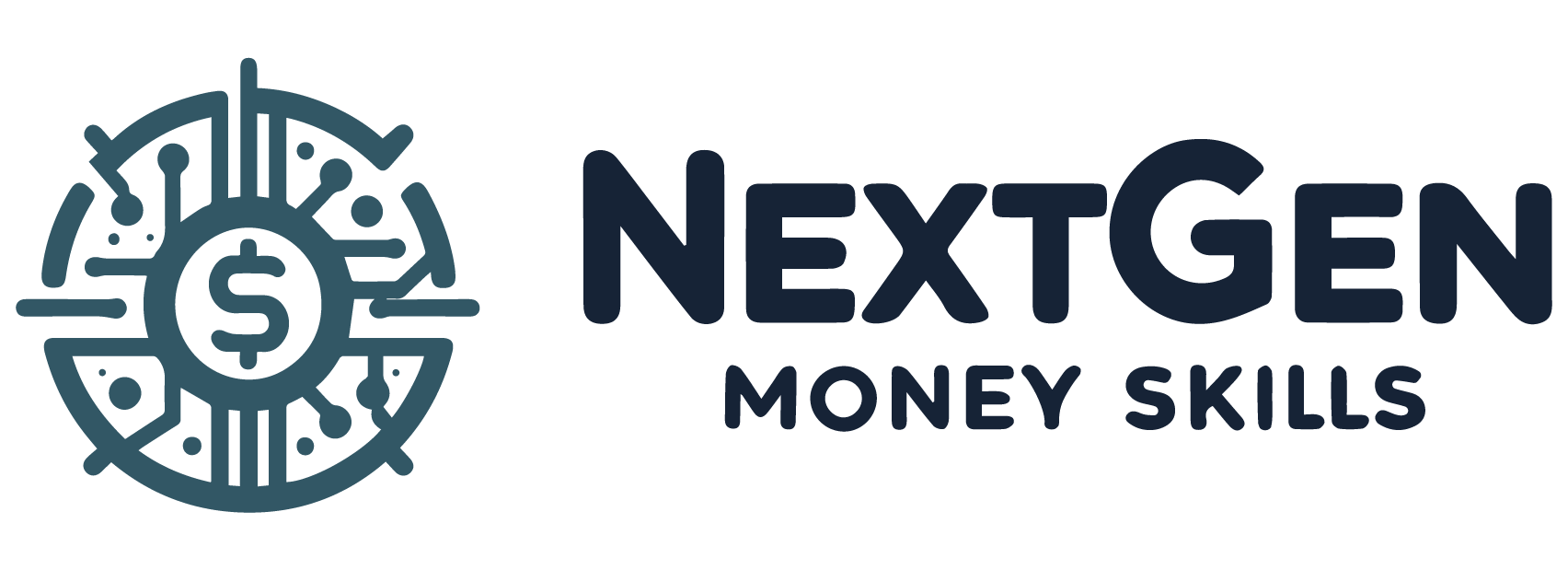Saving for a car involves more than just tucking away a few dollars when you can. You need a plan that outlines how much to save, where to cut costs, and how to grow your car fund steadily. By following a systematic approach, you can navigate the financial path toward your dream ride, ensuring that when it’s time to make that purchase, you’re ready with the funds you need. The key is to build a strategy that balances your current financial obligations with your car savings goal.
Embarking on this journey requires patience and discipline, but with a smart money management plan and a clear objective in sight, you’ll find that saving for a car is an attainable goal. Let’s break down the steps you’ll need to take, from assessing your budget for monthly payments to exploring additional income sources so you can turn the key in the ignition of your new car sooner than you might think. Read on to learn how to save money for a car.
Start With a Solid Financial Plan
Before setting aside money for a car, it’s crucial to create a financial plan. First, take a close look at your spending habits to see where you can trim. Next, use a payment calculator to figure out what kind of payment for a car you can afford. Once you know this, you can start planning how much to set aside each month.
By setting up automatic transfers from your checking account to a savings account, you ensure consistent contributions towards your car fund. Remember, it’s about making smart money moves that align with your goal of buying a car.
Assess Your Budget for Monthly Payments
To determine what you can afford for monthly loan payments, start by researching the vehicles you’re interested in and using an auto loan calculator to see how different prices impact your budget. Input the full cost of the car, along with loan duration and your credit score, to get a realistic picture of potential payments. Keep in mind that the cost of vehicle loans includes not just the principal but also the interest, which can vary based on your creditworthiness and the loan term.
When you calculate your down payment, you’re taking a crucial step towards reducing your monthly loan payments. A larger down payment means borrowing less, which can result in more favorable loan terms. Just be sure that the down payment doesn’t deplete your savings to the point where you’re left without a financial safety net. Striking the right balance here is key to maintaining financial stability while working towards your car purchase.
Establish Your Car Savings Goal
After you’ve calculated what you can afford, it’s time to establish a monthly savings goal that aligns with your car-buying timeline. This goal should reflect the total purchase price of the car, including any taxes and fees, minus your down payment and any trade-in value you may have. Breaking this down into monthly savings targets will help you stay on track and make the task of saving for a car more manageable and less daunting.
Calculate Your Down Payment
The amount you put down on your car directly influences your financing options and monthly payments. To calculate your down payment, use an auto loan calculator to play with different scenarios based on the car’s price and your available funds. A larger down payment typically results in lower interest rates and shorter loan terms, which can save you money over the life of the loan. Consider setting a down payment goal that’s realistic for your budget but also reduces your financing costs.
Keep in mind that a substantial down payment could also give you more negotiating power at the dealership. It shows you’re serious about the purchase and have the funds to back it up. However, ensure you’re not exhausting your emergency savings for the sake of a larger down payment. It’s important to strike a balance between a sizeable down payment and maintaining financial security.
Determine Your Ideal Monthly Payment
When considering monthly payments, think about how much you can comfortably afford without overextending your budget. Your ideal monthly payment should allow you to continue meeting your other financial obligations, such as rent or mortgage, utilities, and groceries, while still contributing to your savings. Remember, your car payment isn’t the only expense you’ll have; consider insurance, maintenance, and fuel costs when setting your monthly car budget.
Using an auto loan calculator, plug in different loan amounts and terms to see how they affect your monthly payment. Aim for a payment that lets you live comfortably while also paying off your car in a reasonable amount of time. The goal is to enjoy your new vehicle without it becoming a financial burden, so take the time to find the right balance for your situation.

Create a Savings Strategy
Now that you’ve got a clear picture of your car financing, it’s time to create a savings strategy. Begin by opening a dedicated savings account specifically for your car fund. This separates your car savings from other funds and reduces the temptation to spend it on non-essentials. Look for accounts with a high annual percentage yield (APY) to maximize the interest you earn, which adds up and helps you reach your goal faster.
Consistency is your ally in savings. Automate deposits into this savings account on a regular or biweekly basis. This set-it-and-forget-it method ensures your car fund grows without additional effort on your part. If your employer allows, direct a portion of your paycheck into this account, further streamlining the saving process. By treating your car savings like a recurring bill, you’re more likely to make steady progress toward your goal.
Open a Dedicated Savings Account
The first step in your savings strategy is to open a dedicated savings account for your car fund. This allows you to track your progress and avoids the confusion of mixing car savings with other funds. Choose a high-yield savings account to get the best return on your deposit. The higher APY will contribute to your car savings goal, making it a smart place to park your money while you work towards your purchase.
Many banks offer tools for recurring savings transfers, so take advantage of these to automate your savings. Setting up a schedule for automatic deposits, whether weekly or monthly, can significantly boost your savings without requiring constant attention. This disciplined approach to saving can help you build your car fund steadily and securely over time.
Implement a Save Automatically System
One of the most effective strategies for saving is to set up automatic transfers. This system moves funds from your checking account to your savings account without any action on your part, ensuring that you’re consistently saving without the temptation to spend that money elsewhere. By automating this process, you can work towards your car savings goal with less effort, making it a seamless part of your financial routine.
Automate Your Savings for Consistent Growth
Automating your savings is key to the consistent growth of your car fund. By setting up automatic transfers, you ensure a portion of your income is directly funneled into your car savings account. This hands-off approach allows your savings to build steadily, and you might be surprised at how quickly it adds up. It’s a strategy that works around the clock to help you reach your goal, even when you’re not actively thinking about it.
Enhance this automatic saving by reviewing and adjusting the amount you save as your financial situation changes. If you receive a raise or pay off a debt, consider increasing the transfer amount. The more you can automate and optimize these savings, the faster you’ll reach your car purchase milestone.
Minimize Expenses and Boost Savings
To boost your car savings, it’s essential to minimize expenses where you can. Review your budget and identify areas where you can cut back. Every dollar you save is a dollar that can go towards your car. It’s about making choices that align with your goal, whether that means cooking at home more often, canceling unnecessary subscriptions, or finding more affordable entertainment options.
Cut Unnecessary Spending
Take a hard look at your spending habits and identify areas where you can cut back to increase your car savings. Non-essential expenses, like dining out, subscription services, and impulse purchases, can often be reduced or eliminated. Redirecting the money you save from these cuts towards your car fund can accelerate your progress. Remember, every little bit counts, and over time, these savings can add up to a significant amount.
Sticking to a budget is also essential. Use the 50/30/20 rule as a guideline: 50% of your income goes to necessities, 30% to wants, and 20% to savings. By allocating a portion of your income to your car fund, you’re prioritizing your goal and making it a fixed part of your financial plan. And as you see your savings grow, it becomes easier to maintain these good spending habits.
Explore Side Hustles for Extra Income
Increasing your income is another avenue to reach your financial goals faster. Consider leveraging your skills or hobbies to earn extra money. For instance, if you’re organized and good at managing tasks, becoming a virtual assistant could be an excellent side hustle. Platforms like Fiverr and Upwork offer opportunities to find freelance work that fits your talents, and every extra dollar earned can be directed into your car savings.
Don’t overlook traditional side hustles, such as babysitting, dog walking, or participating in the gig economy. These can provide a flexible way to supplement your income. The key is to find something that works with your schedule and doesn’t interfere with your primary job or personal life. With some creativity and determination, your side hustle can significantly contribute to your car fund.

Understanding Car Financing
Understanding that a car is a depreciating asset is crucial when considering financing options. A larger down payment can reduce the size of your auto loan, leading to smaller monthly car payments over time. This strategy minimizes the amount borrowed, potentially lowering the interest paid and making your monthly expenses more manageable. A sound financial plan for your car purchase should factor in these elements to keep your budget balanced and future-proof your finances.
Explore Your Auto Loan Options
Exploring your auto loan options is an integral part of financial planning for a car purchase. Whether you’re considering a loan from a bank, credit union, or another financial institution, it’s important to compare the terms and interest rates they offer. Securing the right financing can affect your monthly payments and overall costs, so take the time to research and choose the option that best suits your financial situation.
Financing Through Dealership vs Bank/Credit Union
Financing your car through a dealership could offer convenience and promotional rates, but it’s important to read the fine print. Dealerships often have partnerships with lenders and may have the flexibility to find a financing deal that appears attractive. However, a bank or credit union might offer you lower interest rates and more transparent terms. Take the time to pre-approve financing through these institutions to have a benchmark before discussing financing with the dealership.
Remember to consider the total cost of the loan, not just the monthly payment. Interest rates and loan terms from a bank or credit union may be more favorable in the long run. A clear comparison of these financing options will ensure you make an informed decision that aligns with your financial goals and capabilities.
Consider No Financing vs Financing With a Private Lender
If you have the resources, purchasing a car outright without financing can be the most cost-effective approach, eliminating interest payments and financing fees. However, if you need to finance your purchase, a private lender might offer more personalized service and flexible terms than traditional financing options. They may be willing to work with you on rates and terms, especially if you have an established relationship or excellent credit history.
When comparing no financing to private lender financing, consider how each option affects your financial health. No financing means you won’t have a monthly payment, which can free up cash flow for other investments or savings. With a private lender, you might find a loan that fits your budget without straining your finances, but always read the terms carefully and ensure you understand the full scope of the agreement.
FAQs
1. How much should I save for a car?
Consider the total cost of ownership, including insurance, maintenance, and fuel, when setting your savings goal. If possible, saving to pay for the car in cash could save you from the interest and fees associated with auto loans, providing long-term financial benefits and stability.
2. Are there specific saving accounts for a car purchase?
3. What is the ideal timeline for saving for a car?
Conclusion: How to Save Money for a Car
Saving for a car is akin to preparing for any significant investment. It requires discipline, a strategic plan, and a keen eye for the best options available. Just as you might use a mortgage calculator to plan for a home purchase, utilize similar tools and principles when shopping for cars. Remember, the journey to your new vehicle isn’t just about saving money – it’s about making smart financial choices and investing in your future.
By applying the steps outlined, you’ll be in a better position to manage your finances and drive away with not just a new car but also the peace of mind that comes from financial savvy. Remember, the road to savings is a marathon, not a sprint – pace yourself and keep your eyes on the prize.




